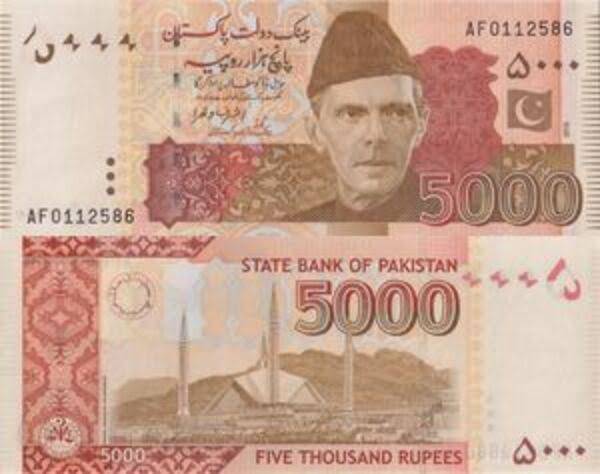Pakistan economic crisis to worsen further in coming days: report
Shares

The caretaker administration is acutely aware of the challenging circumstances it has inherited, realizing that the current situation in Pakistan is far from ideal both politically and economically. There is a widespread acknowledgment that Pakistan's economy remains shrouded in uncertainty, and the path to recovery will be long and arduous.
At this juncture, changing the leadership in the intricate game of governance seems ill-timed, yet it's an inevitable course of action dictated by circumstances. It's no secret that the Pakistani economy is grappling with numerous complex and deeply entrenched issues, demanding persistent and patient resolution.
For the newly appointed financial stewards, the situation appears daunting, and they find themselves without a clear starting point due to the sheer complexity of the problems at hand. The foremost challenge revolves around managing the temporary financial agreements with the IMF, which have significantly exacerbated the difficulties.
Although the caretaker government operates under a limited mandate, influential factions within the Pakistani establishment are urging them to make tough decisions, albeit with concerns about potential adverse consequences, as witnessed when the petrol prices were raised by Rs. 17.50. Such a move would likely have provoked widespread protests had it been under the control of political parties.
Adding to the conundrum is the relentless depreciation of the Pakistani rupee and the dwindling prospect of temporary relief for Pakistani foreign exchange reserves through external financing. In July, Pakistan secured over $5 billion in fresh loans, marking the highest monthly influx to meet project requirements and bolster foreign exchange reserves. These funds included $2.9 billion for budget and project financing and an additional $2.2 billion injected into the central bank's coffers. Consequently, the central bank's gross foreign exchange reserves surged past $8 billion, with Saudi Arabia and the UAE contributing $3 billion under a two-year loan arrangement at a 4% interest rate, maturing in July 2025, and the IMF chipping in with $1.2 billion.
Furthermore, international financial institutions such as the Asian Development Bank (ADB), the World Bank, and the Islamic Development Bank, alongside Saudi Arabia, provided substantial financial support through various channels, including an oil financing facility. Pakistan also secured a $75 million loan against the costly Naya Pakistan Certificates, further diversifying its sources of funding.
In summary, the caretaker administration in Pakistan faces a formidable challenge in navigating the complex economic and political landscape. Despite their limited mandate, they must grapple with persistent economic issues, including managing agreements with international organizations and stabilizing the depreciating currency. The influx of fresh loans in July provided temporary relief, but the long-term path to economic recovery remains uncertain
